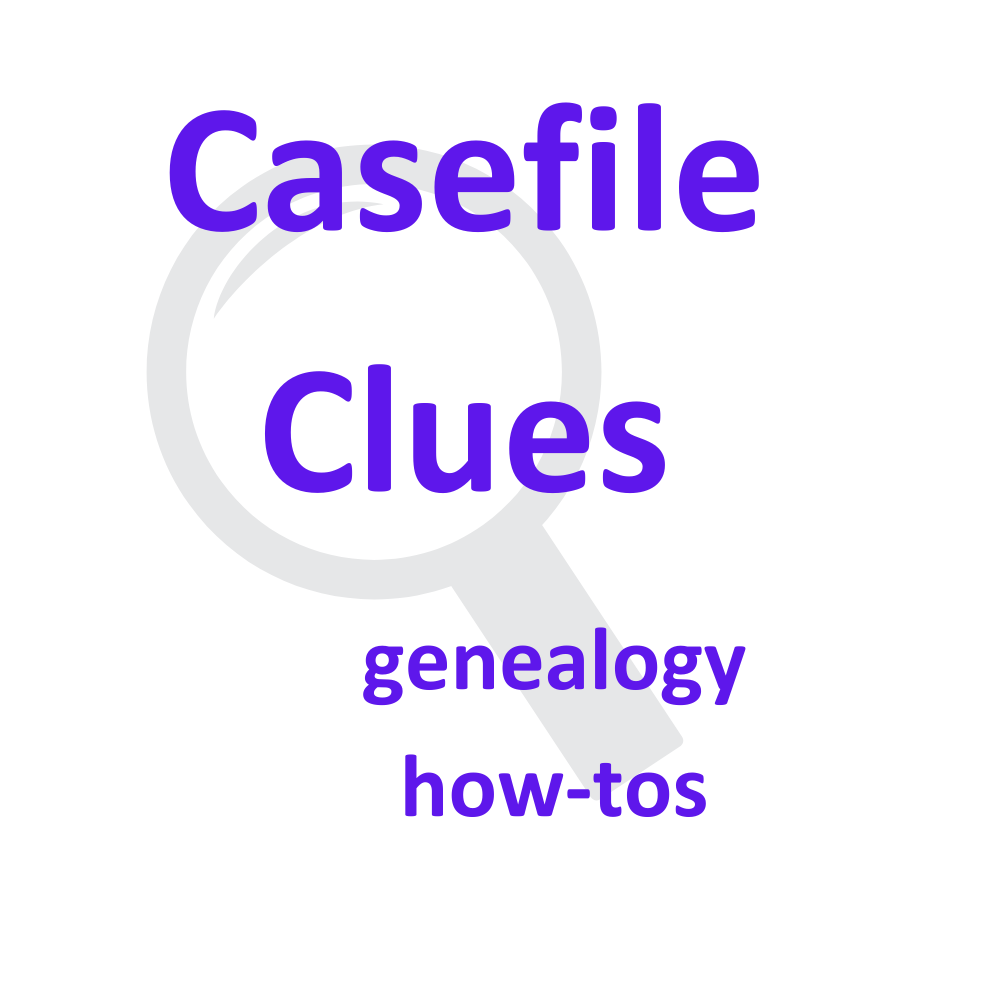Casefile Clues
–
This issue is in the inbox of subscribers. It discusses an 18th century will in Frederick County, Virginia.
Issue 5-17 has been sent to subscribers. It discusses a four-sided tombstone that mentions six burials.
We’re playing catchup. Issue 5-16 is out and in your inbox if you are a subscriber.
Contact Michael
Michael John Neill can be contacted at mjnrootdig@gmail.com for possible speaking engagements, webinars, book questions, etc.
Please refrain from sending personal research questions.

